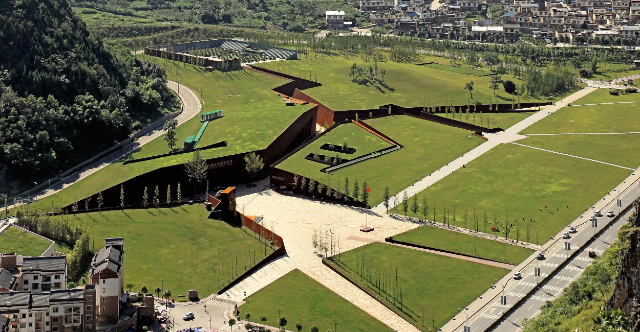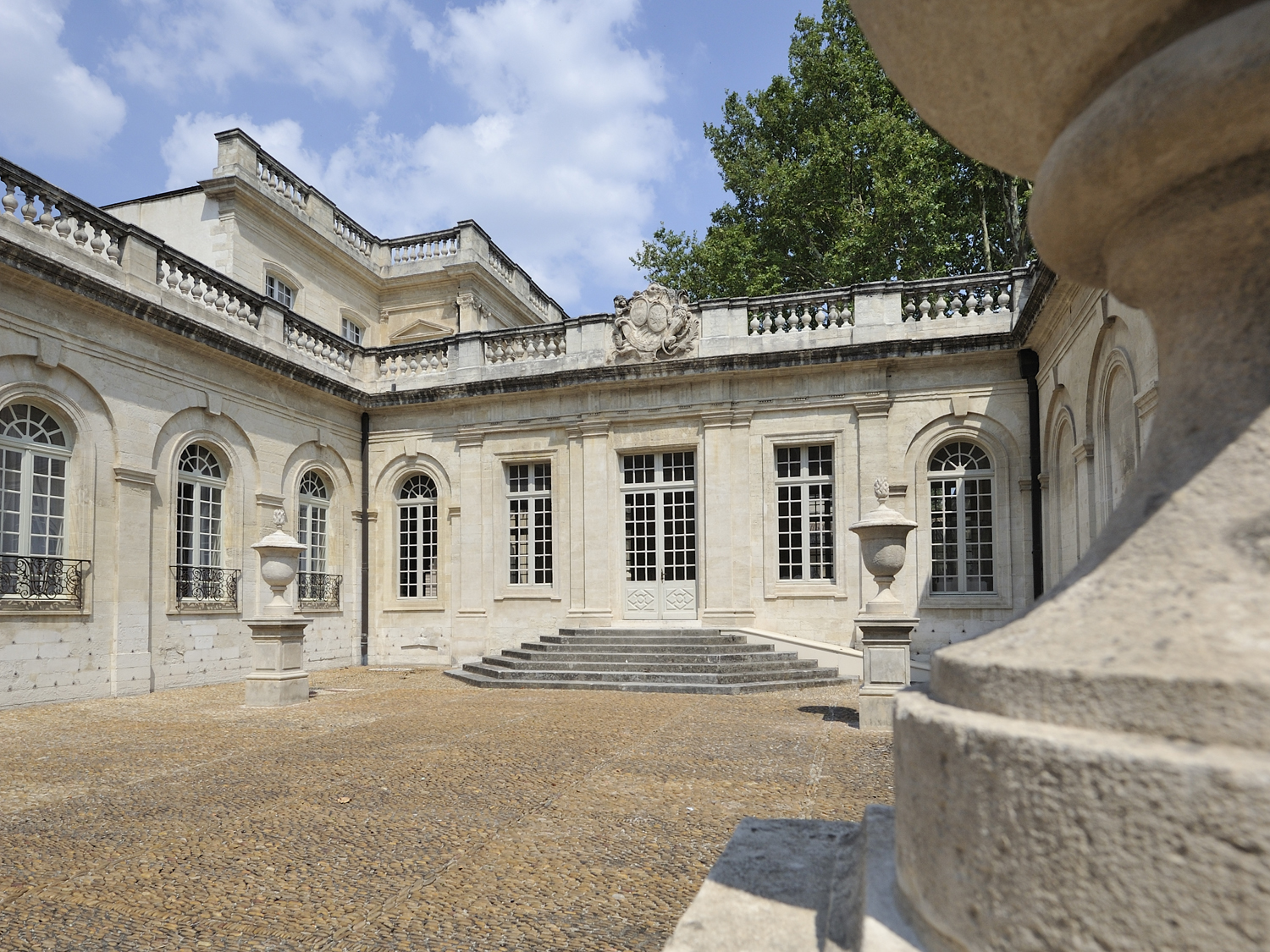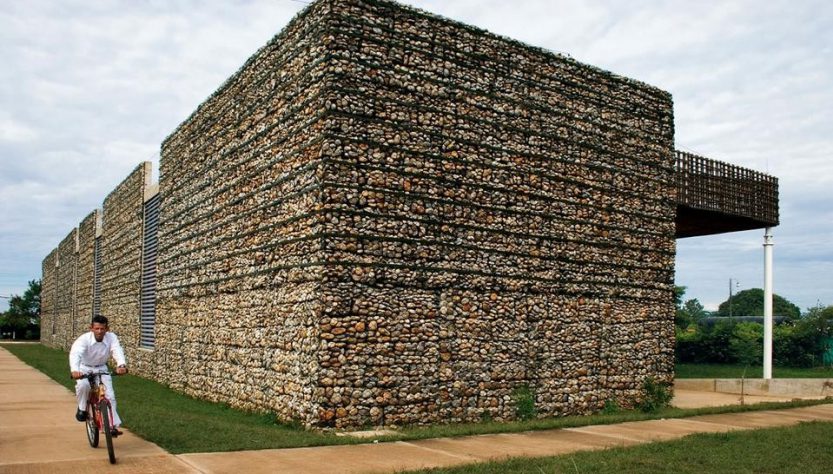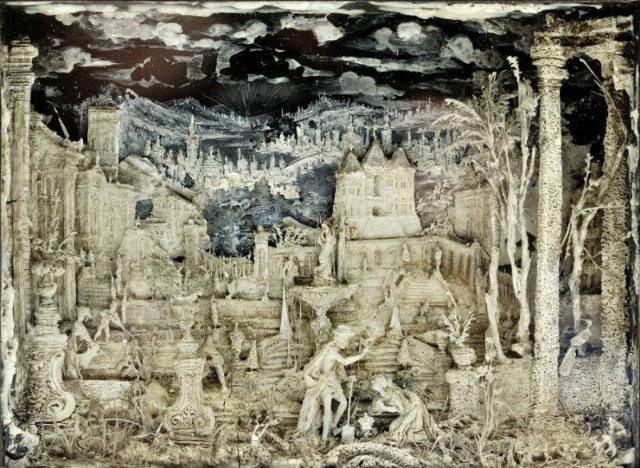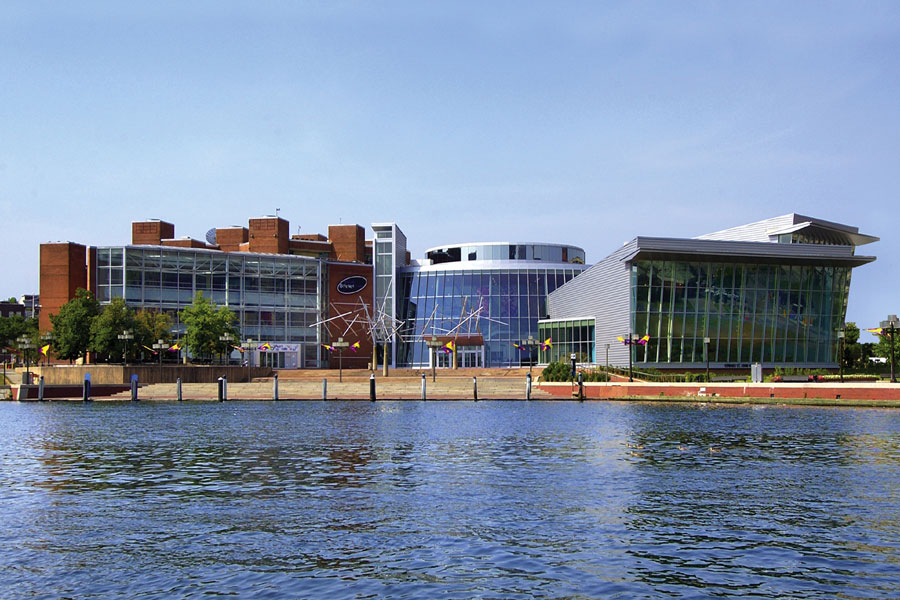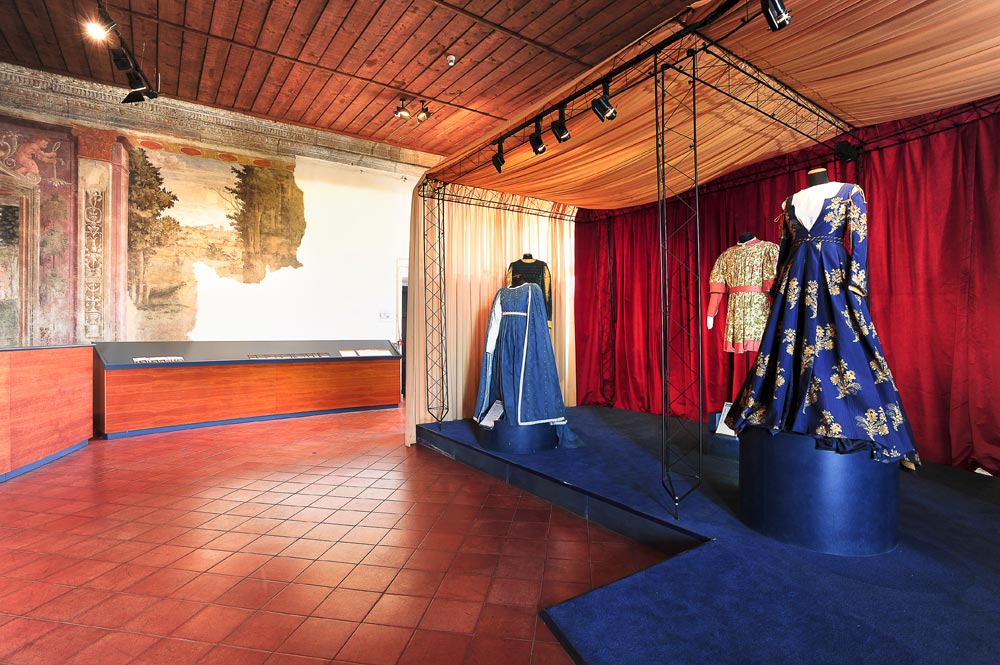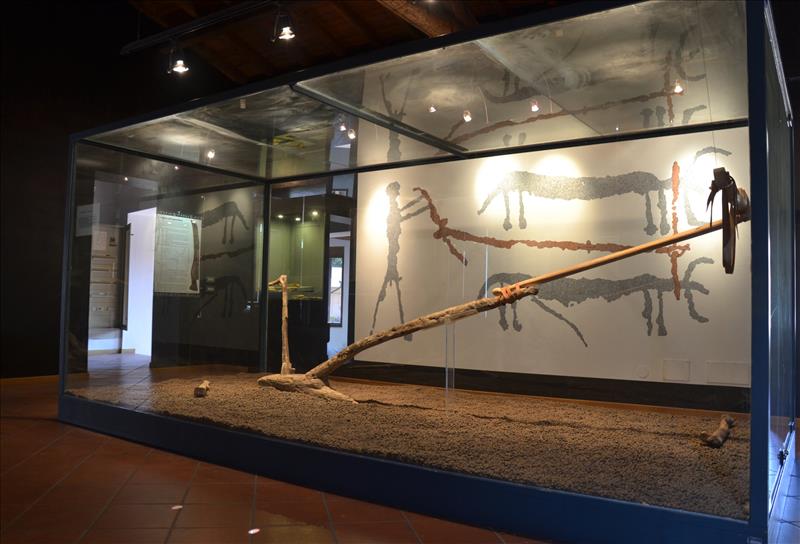The Earthquake Memorial stands as a poignant reminder of the tragic events that unfolded on 12 May 2008, when a devastating earthquake struck Sichuan Province, China, claiming thousands of lives within minutes. Located just over one hundred kilometers north of Chengdu, at the base of the Himalayan Mountains, the affected region witnessed unprecedented destruction. The earthquake rendered 4.8 million people homeless, resulted in the loss of over 70,000 lives, left 18,000 individuals missing, and caused injuries to 350,000 people.
In response to this catastrophe, the national government swiftly launched an extensive rebuilding program to provide shelter and reconstruct infrastructure. Beichuan County emerged as one of the most severely affected areas, with over eighty percent of buildings collapsing and more than 15,000 lives lost. Notably, the Beichuan Middle School witnessed a devastating collapse, leading to the tragic deaths of over 1000 pupils and teachers. In the aftermath, the government made the decision to erect the National Earthquake Memorial on the very grounds where the school once stood.
The architectural faculty of Tongji University in Shanghai took charge of organizing a competition among its faculty members to design the memorial. After multiple rounds of deliberations, Cai Yongjie emerged as the winner, proposing a memorial landscape seamlessly integrated with a museum. The decision to harmoniously blend the structures into the natural landscape was a key factor that swayed the jury. The unconventional approach, eschewing a dominant building and a vast square in front of it, reflected the profound impact of the earthquake on decision-makers and the need for a memorial that conveyed the gravity of the event without relying on traditional architectural elements.

